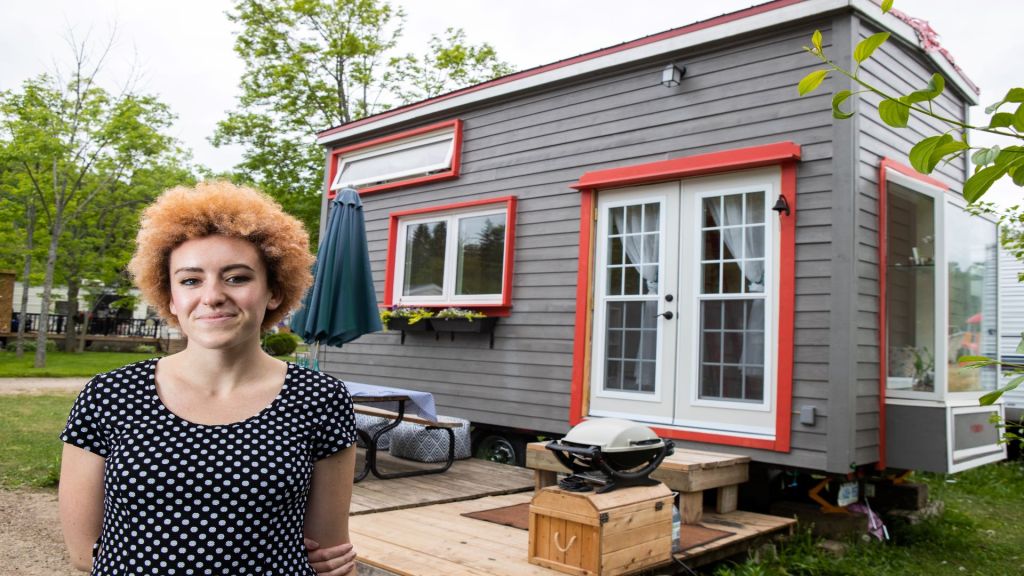Creative Affordable Housing
Pennrose Expands Options
Pennrose expands with the opening of three affordable housing developments including an innovative LGTBQ senior housing project. LGBTQ senior housing Yardi client Pennrose partnered with Cincinnati-based Northsiders Engaged in Sustainable Transformation to create John Arthur Flats. This community will be the city’s first LGBTQ-friendly affordable senior housing community. John Arthur Flats is comprised of 57 […]














